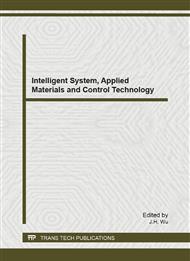p.405
p.409
p.413
p.418
p.422
p.426
p.430
p.435
p.440
The Energy Management Control Strategy of Hybrid Electrical Vehicle Based on Efficiency Optimal
Abstract:
In order to save fuel and reduce emission of Hybrid Electrical Vehicle (HEV), a vehicle control strategy is proposed based on the system efficiency optimal. A vehicle performance simulation model has been built on Matlab/Simulink environment. The results show that, by using this vehicle control strategy, the dynamic performance and fuel economy of the vehicle are significantly improved compared with the traditional one. Finally, The vehicle control strategy has been verified by the bench test.
Info:
Periodical:
Pages:
422-425
Citation:
Online since:
January 2013
Authors:
Keywords:
Price:
Сopyright:
© 2013 Trans Tech Publications Ltd. All Rights Reserved
Share:
Citation:


